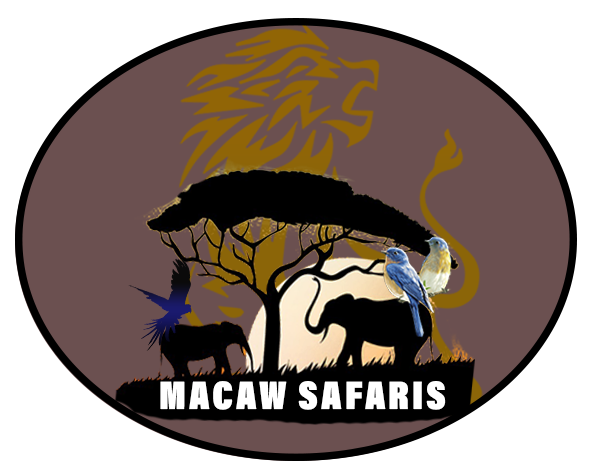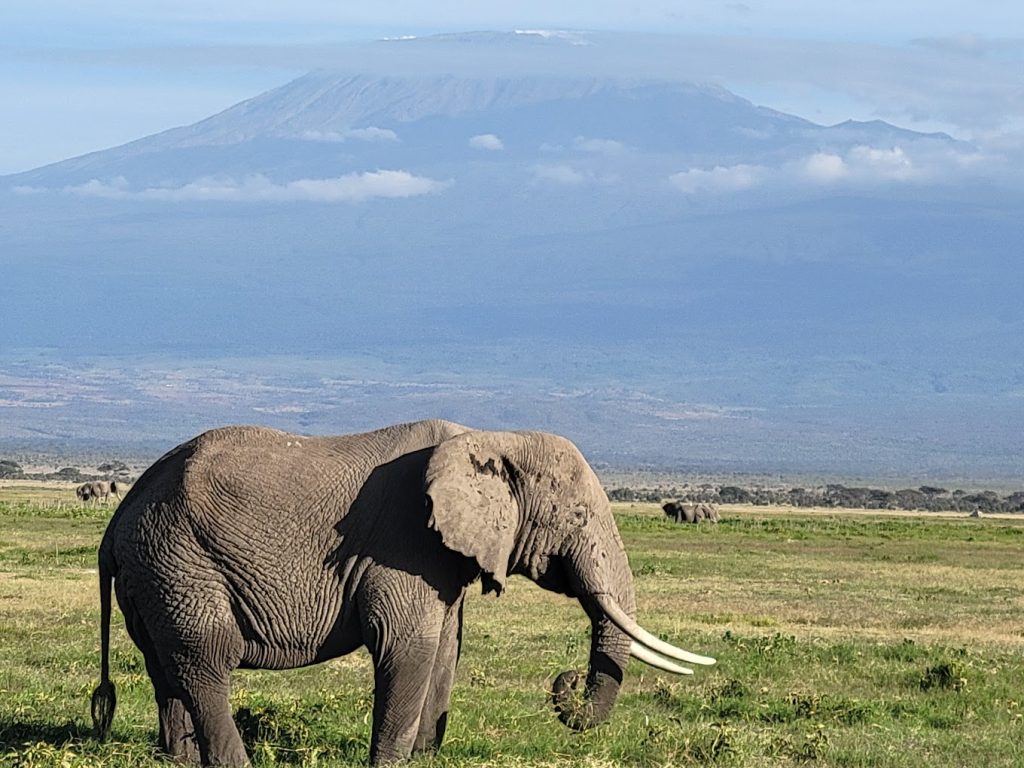The Gray wolf (Canis lupus) is one of the most iconic and misunderstood predators in the animal kingdom. Known for their intelligence, complex social structure, and haunting howls, gray wolves once roamed across North America, Europe, and Asia. Today, they play a critical role in maintaining the balance of natural ecosystems.
What Are Gray Wolves?
Gray wolves are large canids, typically weighing between 60 to 145 pounds, with thick fur that can range from gray to white, black, or brown. They live and hunt in packs, which are tight-knit family groups led by an alpha pair. Each member has a role, contributing to the pack’s survival and success.
Habitat and Range
Gray wolves thrive in a variety of habitats, including forests, tundras, grasslands, and mountains. While they were once widespread, habitat loss and human conflict have reduced their range. Today, wolves are found in remote parts of Canada, Alaska, the northern U.S., Europe, and Asia.
Diet and Hunting Behavior
Gray wolves are carnivorous apex predators, primarily feeding on large mammals such as deer, elk, moose, and bison. They use teamwork and strategy to bring down prey, often traveling miles during hunts. Wolves also scavenge when necessary, contributing to the ecosystem’s cleanup process.
Conservation and Threats
Gray wolves have faced centuries of persecution and were nearly eradicated in many areas. Thanks to conservation efforts and legal protections, some populations have rebounded, particularly in Yellowstone National Park and parts of Europe. However, wolves still face threats from illegal hunting, habitat encroachment, and controversial management policies.
Why Gray Wolves Matter
Gray wolves are a keystone species, meaning their presence helps regulate prey populations and promote biodiversity. Their reintroduction to Yellowstone famously restored ecological balance, demonstrating the critical role predators play in nature.
The Gray wolf is a symbol of wilderness, resilience, and ecological harmony. Protecting this majestic species ensures that wild landscapes remain healthy and balanced for generations to come.



